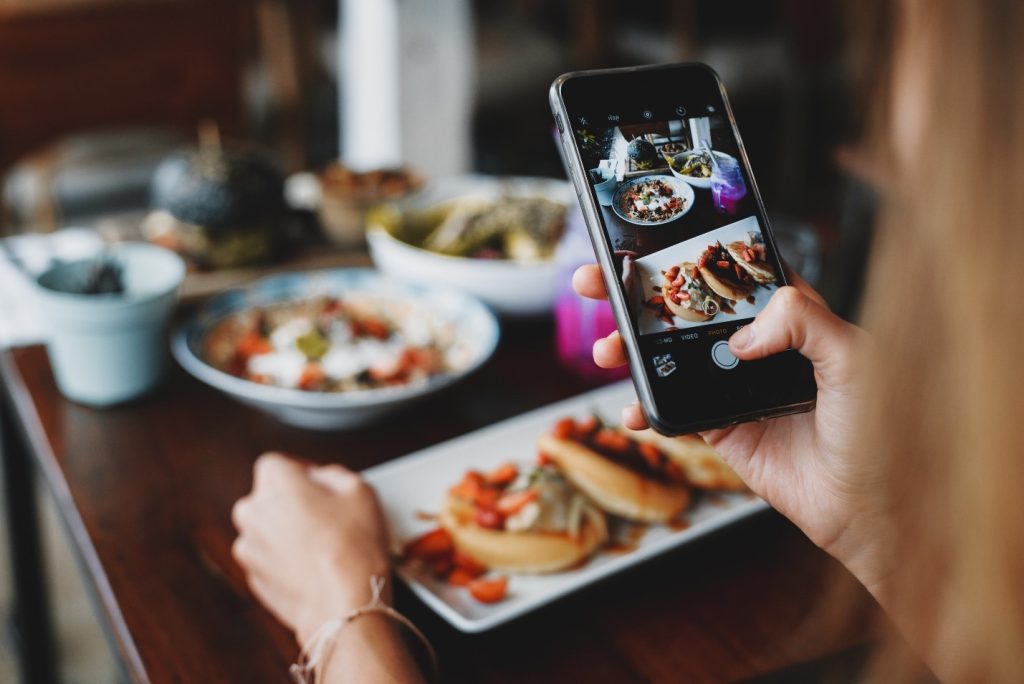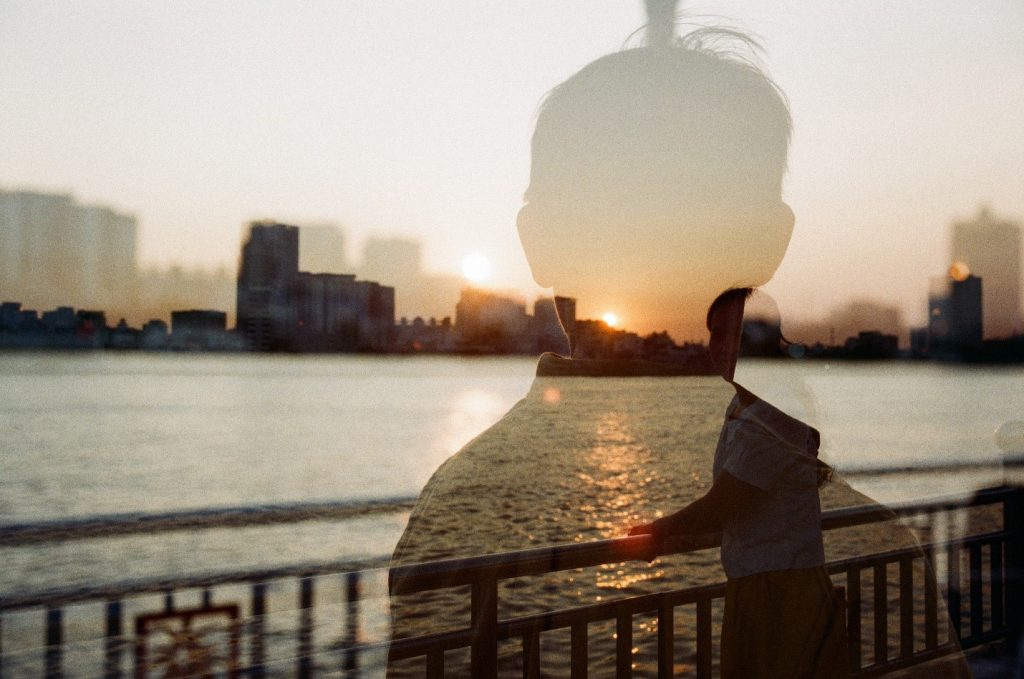The history of photography is an epic journey filled with significant effects on human civilization, and the end goal has always been to be able to capture moments as they happen. Many things have changed regarding the visual representation of events, and this goes as far as the age of the cave dwellers who engraved crude but quite comprehensive drawings on the walls of their caves. This continued even in medieval times when the painting was becoming more advanced and helpful in representing information and objects for future reference (Aiello & VanLeeuwen, 2023). Egyptians used symbols, typically drawings, to communicate (Aiello & VanLeeuwen, 2023). Fast forward to the camera age, visual representation reached a new milestone, and even though exposure took a long back then, it was shorter than sitting for a portrait painting, even from the best painters (Aiello & VanLeeuwen, 2023). Even as the film cameras improved, switching from conventional analogue photography to digital photography was the most significant milestone. Digital cameras revolutionized the photographic industry and have given rise to new societal norms that have overall changed how we perceive photographs by increasing the versatility of their use and context to include emotions while also making photography accessible to people all over the world through smartphones and social media.
The invention of the digital camera came as a big revolution in the technology sector, but it took quite some time for people to appreciate its significance. The image receiver is the first technological innovation distinguishing a digital camera from a traditional analogue camera. In contrast, an analogue camera uses a photosensitive film that is exposed to light and the image is engraved (Pohanka, 2020). On the other hand, digital cameras have a photosensitive sensor with several cells called pixels that record the amount and type of light falling on specific regions (Lukac, 2018). The first digital cameras lacked recognition because they produced low-resolution photos with the first digital camera that used a charge-coupled device (CCD) developed by Willard S. Boyle and George E. Smith in 1969 with a resolution of 0.01 megapixels (Lukac, 2018). The second revolution in digital cameras came with the advancement in CCD and complementary metal-oxide-semiconductor (CMOS) sensor technology, allowing higher resolution (Lukac, 2018). This technology was then paired with digital storage devices and a screen for the viewfinder, and thus came the birth of digital photography.
Due to the popularity of digital cameras, especially in the 21st century, the reachability and accessibility of this technology have seen its rise in these times, which has similarly had its impacts on modern culture. In the past, photography was only done by professionals in the field because the cameras were either too bulky to carry around or too expensive to venture into as a hobbyist (Pohanka, 2020). The digital cameras began as expensive in their early development stages and were even rare as they were used in more technical places such as labs, but as the technology advanced, the consumer-based version was very cheap (Pohanka, 2020). Body materials were made from plastic which reduces manufacturing costs drastically, and thus they were sold so cheaply that the ordinary consumer could afford them (Fang et al., 2020). It was only after integrating digital cameras into mobile phones that the technology gained popularity and reached the world’s reach (Otero et al., 2019). People from all parts of the world now had a camera in their hands, and taking pictures as a hobby could now take its course.
The vast reach of digital cameras into most people’s hands has changed what we consume in terms of visual content and has also increased the capture of moments that are unique or even accidental (Iqbal, 2021). People have changed in culture regarding their actions in specific settings or situations. For instance, seeing people enter a restaurant has now become a norm. The first thing they do is take out their phone to take a picture in a situation where a conflict has broken out in public, and it is normal to see people take out their digital camera phones to record the events (Iqbal, 2021). People are documenting their lives more due to the accessibility of digital cameras, and due to sharing these photos through social media platforms and the internet in general, a vast collection of images can be found online (Fang et al., 2020). People are becoming journalists because they document certain events that journalists would otherwise document, and the information going to social media platforms is changing people’s consumerism of news from television (Bell, 2019). However, this has its drawbacks because people would instead record occurrences such as a person getting buttered or drowning instead of helping (Bell, 2019).
To top it all off, digital cameras also made people better photographers and the advancement inspired other technologies that made photography better in general. In the age of photo films and plates, photography was only done by a professional who only required a few shots to produce the desired outcome. Today, people can take as many as 100 photographs to select the best five to keep and commemorate (Bell, 2019). In addition, digital cameras come with many automated features such as auto exposure, autofocus, aperture correction and shutter speed, which allow the taking of many pictures in a short period to capture perfect pictures even if the subject blinked (Otero et al., 2019). Due to the digital format of photographs in digital cameras, photo editing software has extensively been developed, and with these skills, one could make a masterpiece from a relatively stock photo in a few clicks (Nesemann et al., 2020). The software integration in some cameras, especially those smartphones, has seen technical improvement in photo quality even with small resolutions such as 12 megapixels in the iPhone (Nesemann et al., 2020).
Photographic Analysis

(Photo by Roman Odintsov: https://images.pexels.com/photos/4552130/pexels-photo-4552130.jpeg?auto=compress&cs=tinysrgb&w=1260&h=750&dpr=1)
This photo by Roman Odintsov shows a person in front of well-served dishes and cuisines blurred in the background. The main focus is the smartphone the subject is taking pictures with, and the quality of the smartphone’s viewfinder is just as good as other cameras. This photo infers that people are now changing their habits in subjects such as eating, whereby if a person prepares a good dish or is in a restaurant and is served a lovely meal, they instinctively take out their smartphone to use the digital camera on it. The photo also shows how simple photography has become because the subject is on the brink of pressing the capture button without adjusting much. After all, it is automatically done for them using software features.

(Photo by Nam Quân Nguyễn: https://www.pexels.com/photo/silhouette-of-a-man-on-a-photo-of-a-woman-smiling-on-a-bridge-16138163/)
This photograph by Nam Quân Nguyễn shows a young woman standing behind a water barrier with a city and a large water mass on the horizon while he looks at the camera. The photograph also depicts another image of a young man facing the horizon and seeming to look at the sunset from a distance. One can infer that photo editing software has been used to creatively and seamlessly blend two images to form this relatively simple scenic photograph. This shows how digital photography has added more power to the photographer’s hands since they can take a reasonably simple photograph and edit it to create a masterpiece.

(Photo by Rahul Pandit: https://www.pexels.com/photo/unrecognizable-spectators-recording-video-of-live-concert-on-smartphones-5179915/ )
This photo by Rahul Pandit shows a crowd in what seems to be a live night concert with some smoke and flashy lights in the direction they are facing. Several people are seen holding up their mobile phones, pointing the back of the phones to the action. This photo depicts the vast reach of digital cameras on people’s hands and how people use them to document their lives and capture exciting moments. The latter is enabled because digital cameras are compact and thus enable smartphone manufacturers to incorporate them in every phone produced today.
References
Aiello, G., & VanLeeuwen, T. (2023). Michel Pastoureau and the history of visual communication. Visual Communication, 22(1), 27-45.
Bell, B. T. (2019). “You take fifty photos, delete forty-nine and use one”: A qualitative study of adolescent image-sharing practices on social media. International Journal of Child-Computer Interaction, pp. 20, 64–71.
Fang, Y., Zhu, H., Zeng, Y., Ma, K., & Wang, Z. (2020). Perceptual quality assessment of smartphone photography. In Proceedings of the IEEE/CVF Conference on Computer Vision and Pattern Recognition (pp. 3677-3686).
Iqbal, U. (2021). Smartphone fundus photography: a narrative review. International Journal of Retina and Vitreous, 7(1), 44.
Lukac, R. (Ed.). (2018). Single-sensor imaging: methods and applications for digital cameras. CRC Press.
Neumann, J. M., Seider, M. I., Snyder, B. M., Maamari, R. N., Fletcher, D. A., Haile, B. A., … & Keenan, J. D. (2020). Comparison of smartphone photography, single-lens reflex photography, and field-grading for trachoma. The American Journal of tropical medicine and Hygiene, 103(6), 2488.
Otero, C., García-Porta, N., Tabernero, J., & Pardhan, S. (2019). Comparison of different smartphone cameras to evaluate conjunctival hyperaemia in normal subjects. Scientific reports, 9(1), 1339.
Pohanka, M. (2020). Colourimetric hand-held sensors and biosensors with a small digital camera as signal recorder, a review. Reviews in Analytical Chemistry, 39(1), 20–30.
 write
write